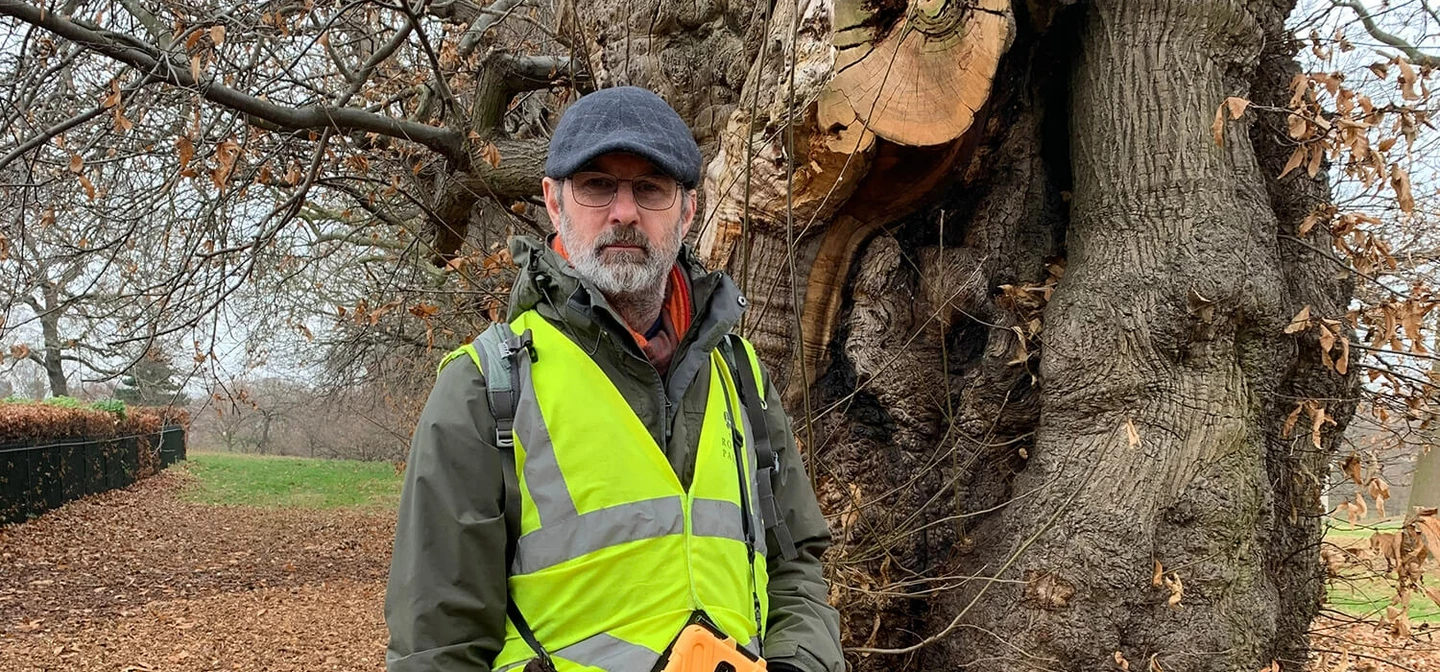
A day in the life of a Royal Parks arboriculturist
Arboricultural Officer, Matt Steinman joined The Royal Parks in 2012. He is part of the team that cares for the Royal Park’s 170,000 trees.
He tells us what it takes to look after the trees in some of the world’s most iconic parks.
What do you like most about this job?
I’m privileged to be the custodian of wonderful trees in special parks which I’ve loved all my life.
What is the greatest challenge with this job?
Mucky days in January. But they’ll always be followed by a beautiful crisp day when the sculptural qualities of leafless trees are at their finest.
What are you most proud of?
Retaining trees where I can. Working to a high standard and working with colleagues who have equally high standards, and for an organisation that expects those standards to be upheld.
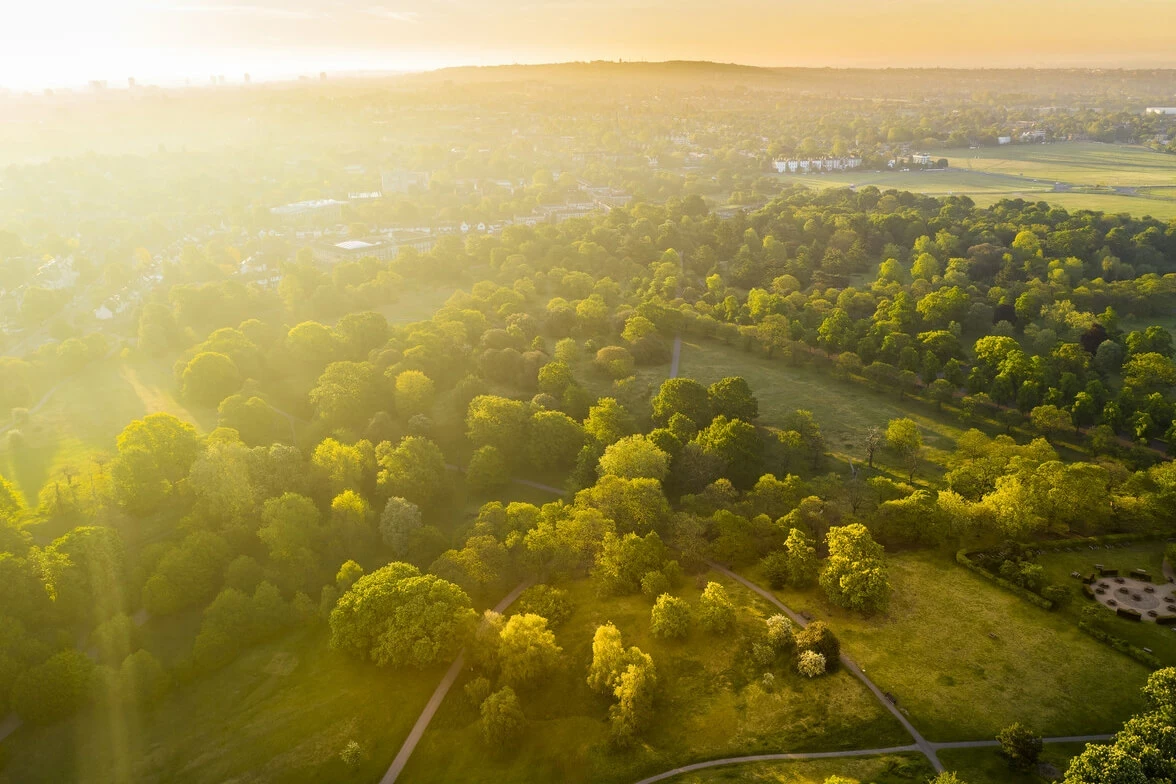
How do you start your day?
I wake up at 6am. I cycle to the park and arrive at about 7.30am.
I have a cup of tea, check my emails and answer correspondence from colleagues, contractors, and members of the public. Then I check Arbortrack, the software which we use to manage our trees.
There are around 170,000 trees across the 5,000 acres of historic land managed by The Royal Parks. Arbortrack records approximately 50,000 individually-plotted trees, and 120,000 groups of trees!
I’m part of a team that looks after all these trees.
How do spend your day?
I spend up to five hours each day walking or cycling around the park looking at trees.
I inspect them, to ensure that they don’t have any features which present a significant hazard, for example dead branches over paths or severe decay in the lower trunk.
I may specify works to them (everything from individual branch removals to the removal of diseased or dangerous trees), and of course I check with my contractor that works have been completed correctly.
How do you check the trees’ health?
Our principal task is risk management. All trees, even healthy ones, pose a risk. We must identify the cases where that risk is significant.
There are two factors we need to assess:
The first is visual tree assessment, the accepted method of assessing a tree’s condition. As the name suggests, this involves the close observation of the individual tree.
We look at the structural condition of the tree and consider several questions. Does it have:
- a good root system?
- an intact trunk free from decay or faults?
- a complete and balanced crown, free from deadwood, or, where deadwood exists? (The crown is the top part of the tree, made up of branches growing from the main trunk and supporting the leaves used for photosynthesis.)
- is there any evidence of damage ?
Secondly, we assess the tree’s health - and there are more questions we need to consider:
- is the bark intact, is there evidence of decay, are there cavities?
- are fungal fruiting bodies evident?
- is there anything coming out of the tree known as ‘exudate’, where the bark isn’t functioning correctly?
- does it have a healthy canopy (the leaves at the tree’s top)? Is the canopy dense (it should be!), are the leaves the right colour?
These elements will differ from tree to tree - and from species to species.
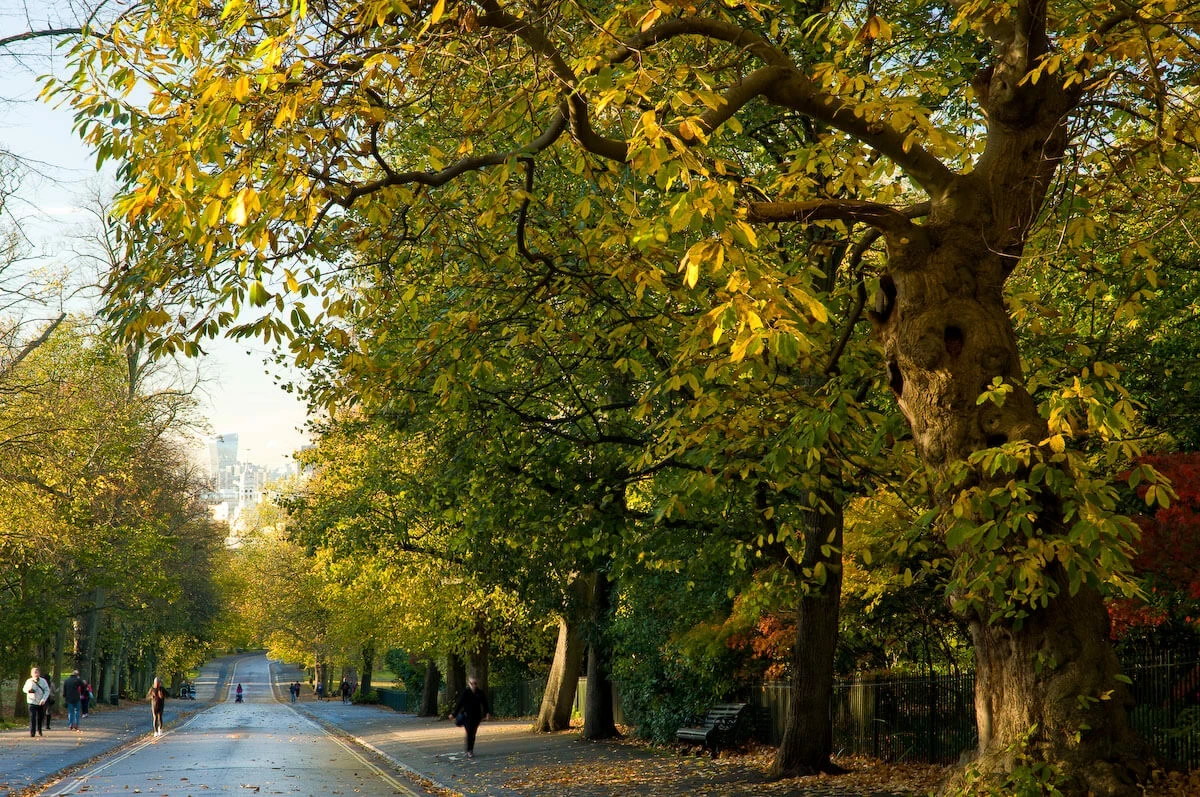
When do you need to act?
We record all ‘faults’ identified in our inspections. Faults of course are acceptable in nature but not in risk management. We then decide what to do. The fault may be new and minor - in which case we record it and monitor it. It may be necessary to intervene in the future if the fault has got worse – which could take a very long time.
But when there is an immediate, significant risk we act quickly.
What tasks do you do to care for the trees to boost their health and prevent disease?
Tree health is dependent on many factors. But as with all plants, soil condition is very important.
We have introduced a lot more mulching across the parks in recent years: We apply woodchip and/or composted organic material to the area beneath the canopy of a tree. This helps to decompact the soil, replenish the organic matter in the soil and retain moisture through the year.
We have also used machinery to decompact the soil, pumping compressed air 2m below the surface to break up years of compaction, in areas of heavy footfall.
We are studying the results from other research to improve soil such as the addition of biochar – special organic matter - which has been proven to significantly improve water retention in soil.
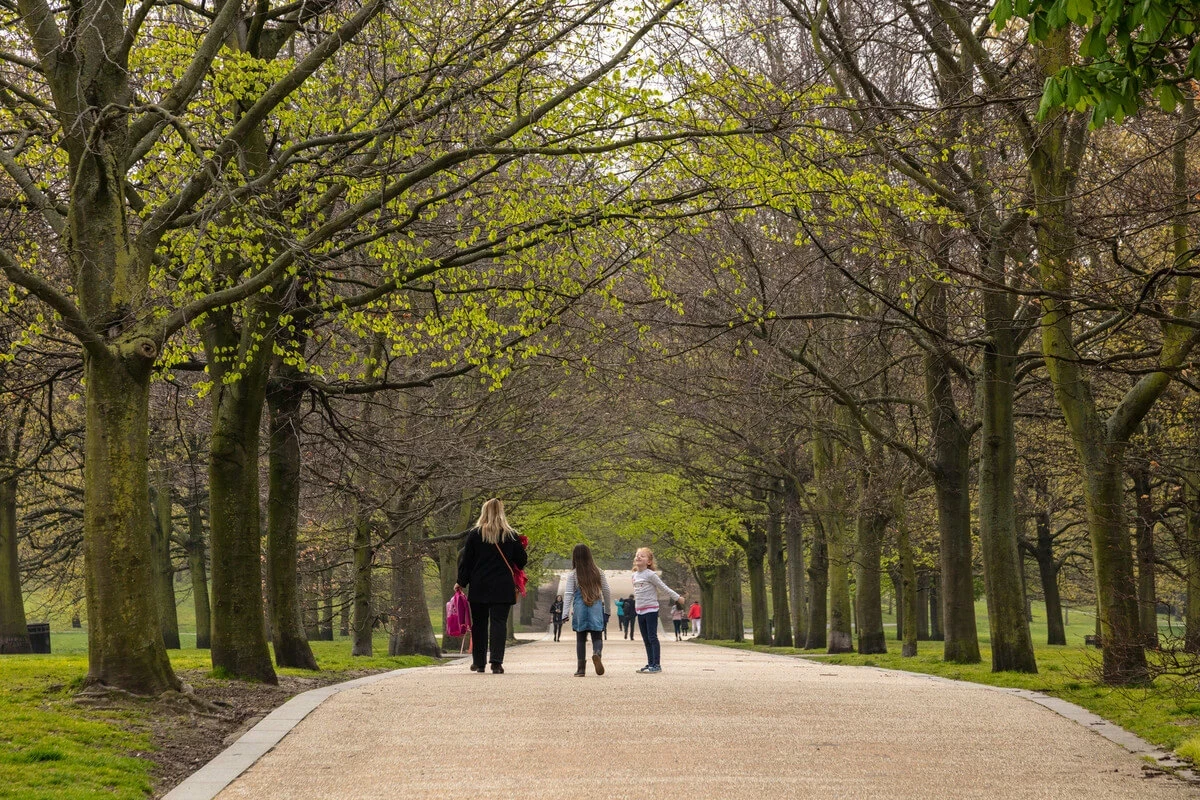
What attracted you to the job?
The outdoor life! The natural world!
How did you get into this job?
I trained at Capel Manor college for a year, got a job with The Royal Parks and got a further qualification as I worked.
What advice would you give to someone considering a career as an arboriculturist?
Great job if you like being outside and if you’re interested in the natural world. You can start working on a tree gang if you’re young, working as an arborist, then progress to tree inspection and consultancy as you get older as an arboriculturist.
What are some of your career highlights?
The parks have many very old trees with multiple complex problems. Tree people know these as veteran trees. It’s a privilege to look after 350-year-old sweet chestnuts and oaks and 200-year-old lime and ash trees, and to witness their extraordinary resilience.
The value of these old trees is very high. They provide highly specialised and unique habitat quite unlike younger trees.
The Royal Parks have staff who value and recognise these specimens as I do, and their expertise can always be called on when I need help with their protection. It’s a pleasure to work with so many specialists from ecologists to wildlife officers who can be consulted on all matters across the natural world.
I also developed the Music for Trees app I was able to curate a natural world/ arts world crossover project. I’ve always listened to music while I work, and with this app I was able to commission music for individual trees from the students of the Royal Academy of Music and create an intriguing soundscape in a corner of The Regents Park. I am developing similar projects for the future across other parks.
Where can you find out more?
Related Articles
-
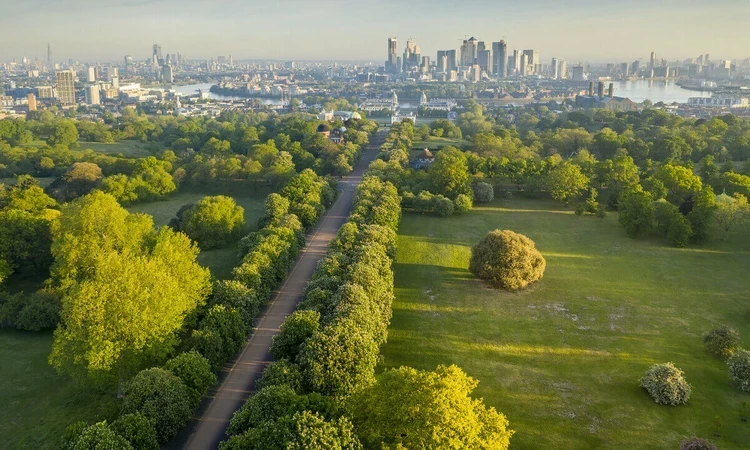 Read
ReadFutureproofing Greenwich Park’s historic tree avenues
Futureproofing Greenwich Park’s damaged landscape and historic tree avenues
-
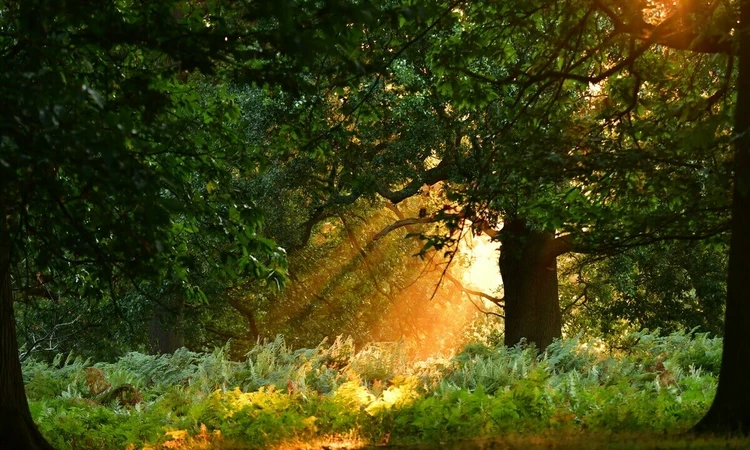 Read
ReadWhy are trees so important?
Trees are vital. As the biggest plants on the planet, they give us oxygen, store carbon, stabilise the soil and give life to the world’s wildlife.
-
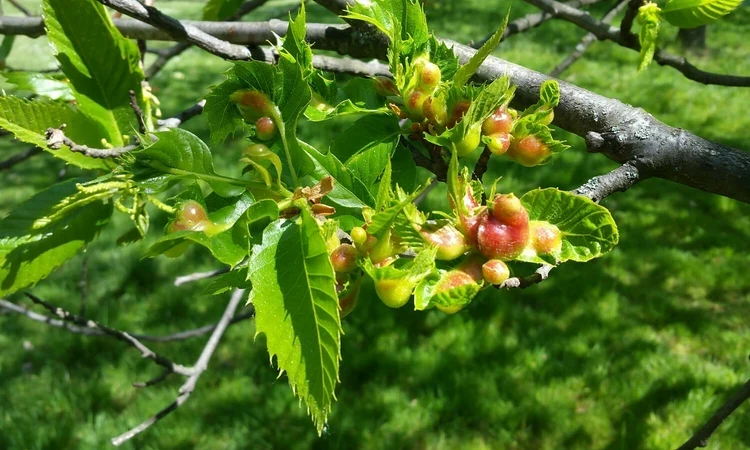 Read
ReadTree Diseases: Taking Care of London’s Trees
Managing tree disease within the Royal Parks